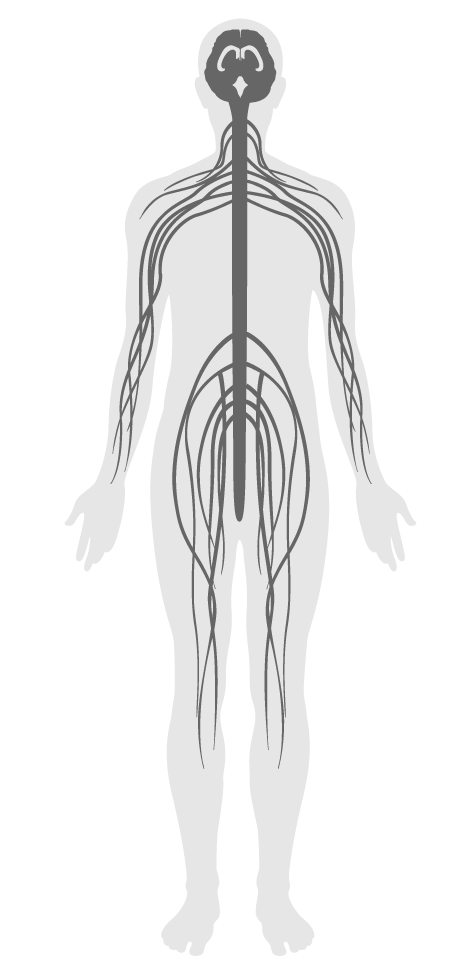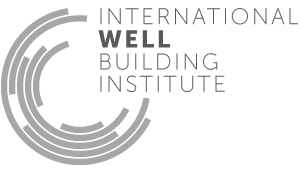Color quality
- 52 Mindful eating
- 53 Visual lighting design
- 54 Circadian lighting design
- 55 Electric light glare control
- 56 Solar glare control
- 57 Low-glare workstation design
- 58 Color quality
- 59 Surface design
- 60 Automated shading and dimming controls
- 61 Right to light
- 62 Daylight modeling
- 201 Food environment
- 202 Light at night
58. Color quality
Light color quality impacts visual appeal and can either contribute to or detract from occupant comfort. Poor color quality reduces visual acuity and the accurate rendering of illuminated objects. For instance, foods, human skin tones and plants may appear dull or unsaturated under lights that have low color quality metrics.
Though there are many ways to measure color quality, the color rendering index (CRI) is the most commonly reported and captures R1-R8 metrics. However, this does not accurately represent the saturation of warmer hues, which is part of the R9 metric. This feature includes the R9 metric as an extension of CRI to ensure that lights with high color quality are in place.
Lamps with the following luminance are shielded by the angles listed below or greater:

Applicability Matrix
| Core & Shell | Tenant Improvement | New Construction | |
|---|---|---|---|
| Part 1: Lamp Shielding | - | P | P |
| Commercial Kitchen | Schools | Multifamily Residential | Restaurant | Retail | |
|---|---|---|---|---|---|
| Part 1: Lamp Shielding | P | P | P | P | O |
Verification Methods Matrix
| Letters of Assurance | Annotated Documents | On-Site Checks | |
|---|---|---|---|
|
PART 1 (Design) Lamp Shielding |
Architect |
| 58.1.a |
The U.S. GSA's Facilities Standard for the Public Buildings Service Tier 1 High Performance rating requires CRI of 80 or higher. |
| 58.1.b |
The GSA's Facilities Standard for the Public Buildings Service Tier 2 High Performance requires a Color Rendering Index R9 of at least 50. |
